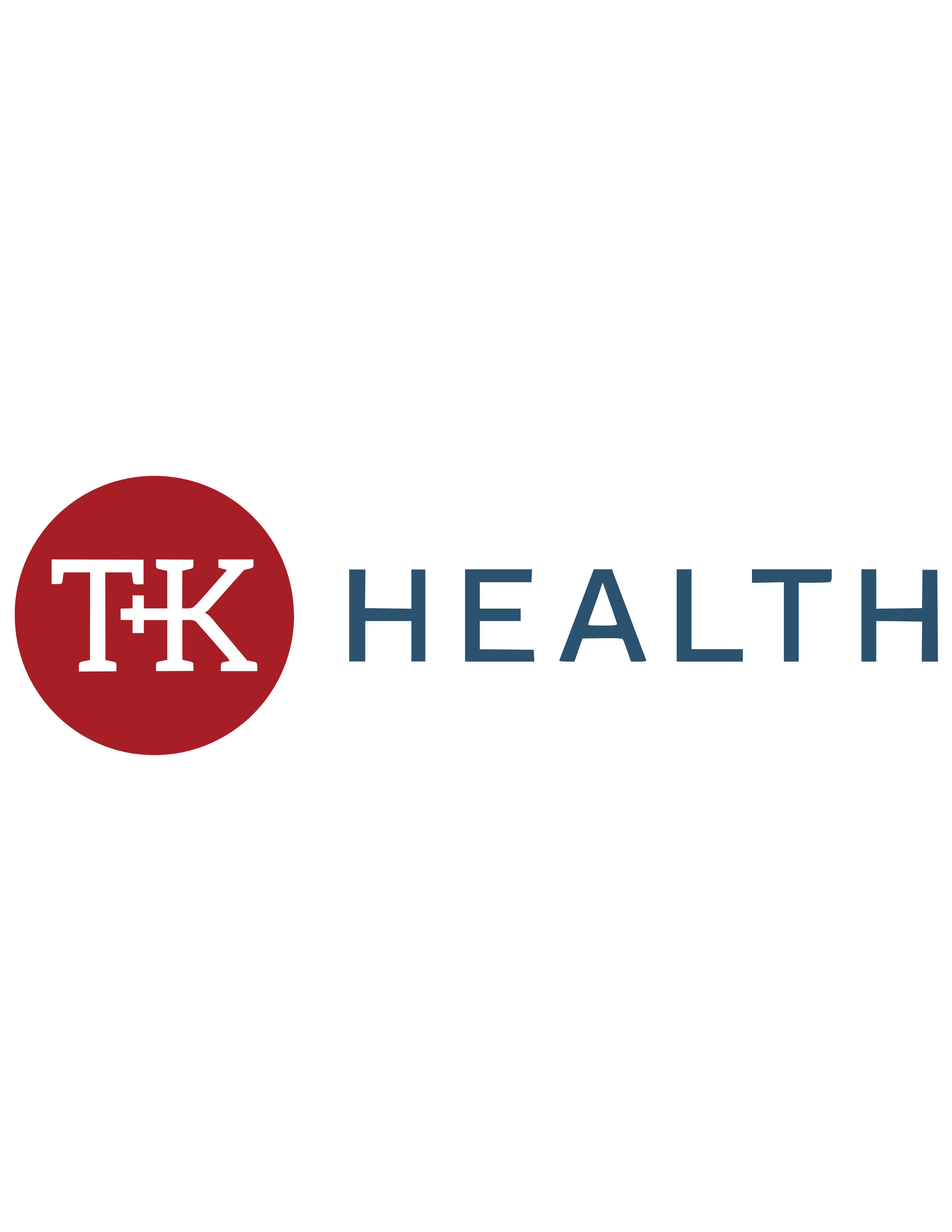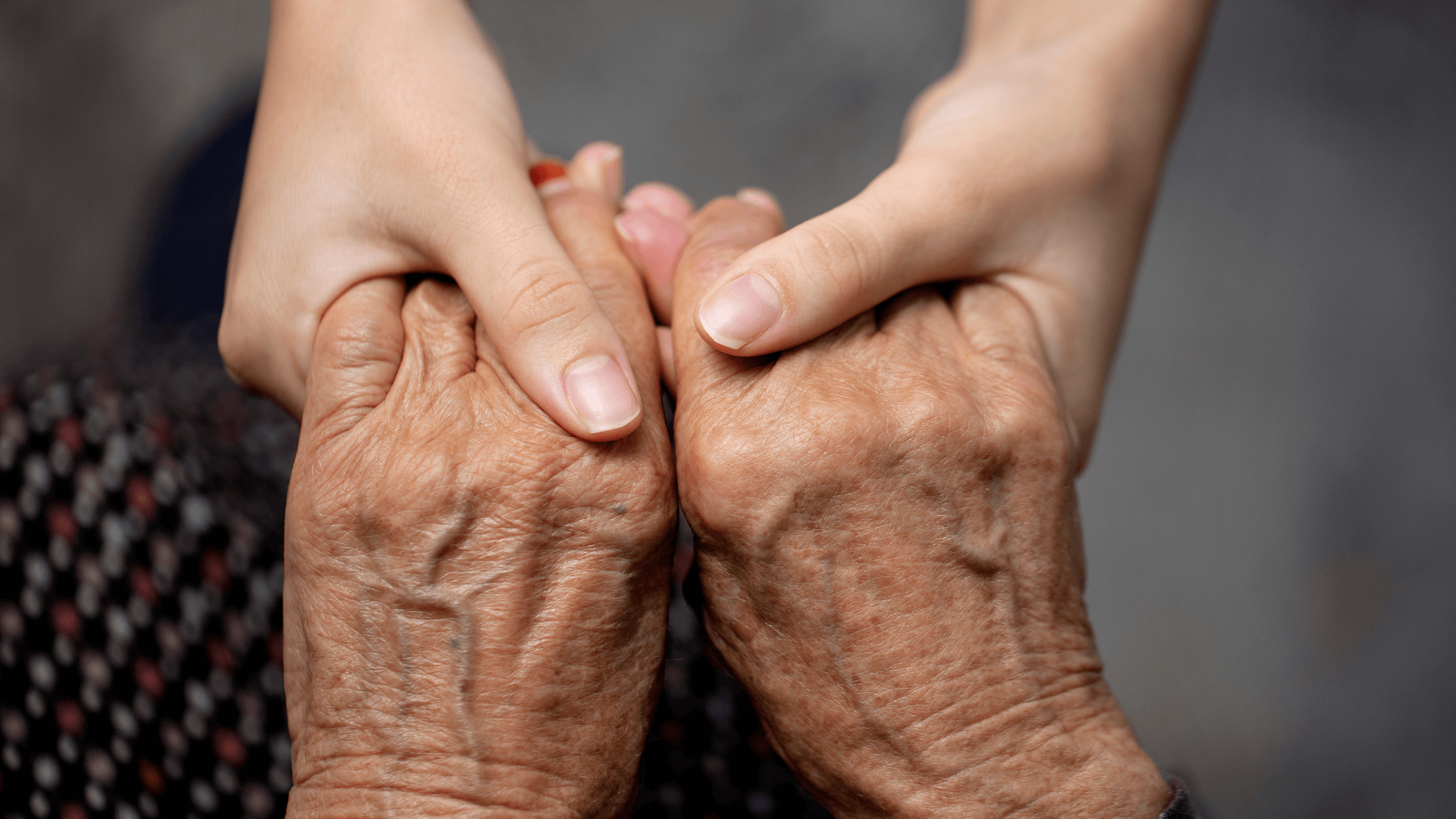As the bulk of the population ages, people 55 and older now make up the fastest-growing demographic in prisons and jails. This shift presents challenges for correctional facilities and healthcare providers, as older people often face multiple chronic conditions, cognitive decline, mobility limitations, and end-of-life needs. Caring for the elderly prison population creates new considerations at every level of correctional healthcare.
The Rise of the Elderly Prison Population
The United States population is aging, with the number of people 65 and older projected to increase significantly in the coming decades. The aging of the Baby Boomer generation is the key factor behind the increase. Research projects that by 2030, one in five Americans will be 65 or older.
As the average age of the general population increases (It’s currently 38.5), so does the age of incarcerated people. The average age of an incarcerated person is 42, according to the Federal Bureau of Prisons. This same data shows that 20% of prison inmates are 51 or older. Officials expect the number to continue increasing.
Unique Health Needs of Aging Inmates
Research has found that incarcerated people who are 55 or older are more likely to have physical disabilities and other health-related concerns. These health concerns include:
- Chronic conditions like diabetes, hypertension, heart disease, or arthritis
- Cognitive impairments like dementia or Alzheimer’s disease
- Mental health conditions, like depression, anxiety, or trauma
- Mobility limitations that require walkers, wheelchairs
- The need for multiple medications to control symptoms
Challenges in Providing Elderly Care in Correctional Settings
Prisons and jails aren’t set up like hospitals, nursing homes, or assisted living facilities. Therefore, caring for aging inmates may present logistical, financial, and staffing challenges for correctional facilities. It also may take some adjustment as more older people are incarcerated.
Some of the challenges include:
- Accessibility. Most correctional facilities lack wheelchair access, handrails, and fall-prevention features.
- Geriatric Care Training. Correctional officers and medical providers should consider offering training on managing age-related conditions, which are likely to become increasingly more prevalent.
- Managing Multiple Conditions. Elderly people may experience multiple co-occurring conditions, which means correctional healthcare teams need to develop individualized care plans to manage complex health profiles efficiently.
Overall, it’s essential for corrections staff and healthcare providers to recognize the unique nature of this growing patient population and prepare to care for them efficiently and effectively.
Best Practices in Elderly Inmate Care
When considering the elderly prison population, here are some of the best practices for providing care:
- Routine Assessments. Regular screenings for cognitive decline, mobility limitations, and chronic conditions are essential. Early detection helps prevent complications. It can also inform staff whether the patient requires chronic care or if they need more comprehensive care.
- Individualized Care Plans. Patients need customized treatment plans based on medical history, mobility, and mental health needs. These plans may also need to include chronic disease management and medication monitoring to reduce painful or debilitating side effects.
- Mental Health Support. A focus on services geared toward older adults, including trauma-informed care and an understanding of depression in older adults.
- Mobility and Daily Living Assistance. Access to wheelchairs, walkers, and assistive devices, as needed, and support with other daily needs, including consideration of where incarceration should occur. Sometimes, a patient may need to be transferred to another facility that is better equipped to handle their medical needs. Some jails also have accessible cells available.
- Palliative and End-of-Life Care. A patient with a terminal diagnosis may be given a medical release. If not, medical staff work to ensure the person gets the end-of-life care they need through a hospice program or a jail with 24-hour medical provisions.
The Role of Correctional Healthcare Providers
When it comes to correctional healthcare providers, perhaps the most essential action is to recognize the aging population and prepare to meet its unique needs. This may look like training and education, helping correctional partners make facilities as accessible as possible, or even suggesting and supporting policy updates to address the needs of older people.
While the fundamentals of patient care still apply, it’s important to recognize the population change and be as prepared as possible as it occurs. This means focusing on training and topics relevant to the elderly is becoming increasingly important.
Caring for the Elderly in Jail
An aging population means more elderly people everywhere, including in jails and prisons. The average age of the prison population is already several years older than that of the general population. Meeting the needs of this aging group may require a shift in thinking and approach among correctional staff and healthcare providers to ensure appropriate care.

